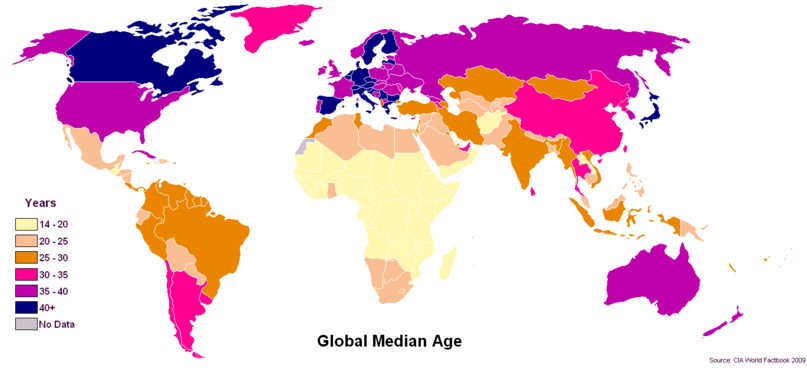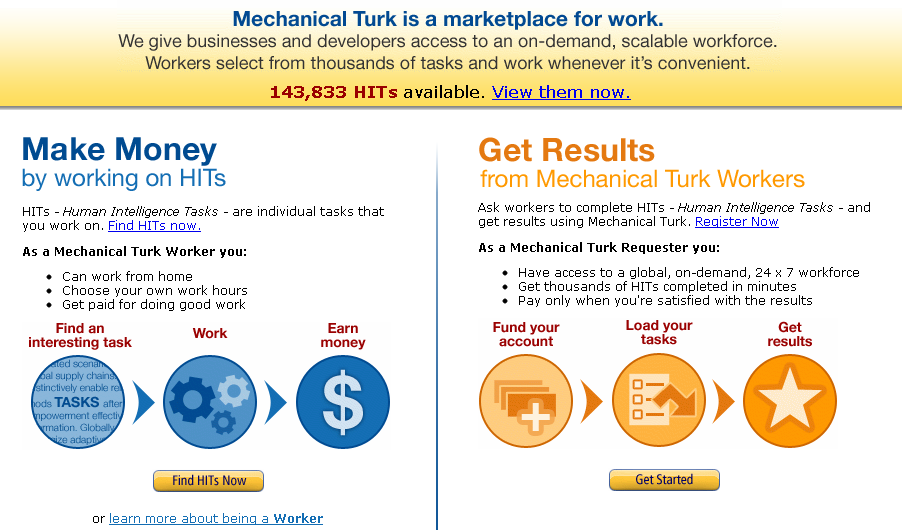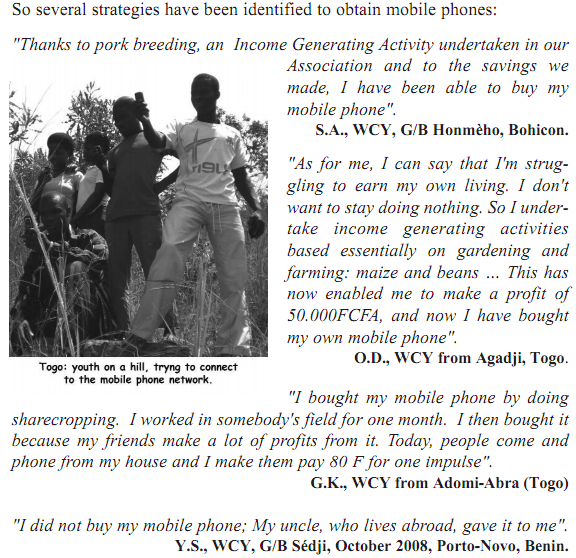In my last 2 posts, I wrote about reality (how rural youth in Africa are currently harnessing ICTs to generate income), and possibility — some new technology uses and concepts that I learned about at the “Can youth find economic empowerment via apps, m-payments and social media?” Tech Salon, hosted by ICT Works and the UN Foundation Technology Partnership.
This third and last post of the series explores some of the broader aspects that need to be in place or considered when looking at youth economic empowerment and the role of ICTs.
During our Tech Salon conversations, someone reminded the room that a large population of well-educated youth with no prospective jobs (think Tunisia or Egypt) is one thing. A large population of (rural) youth with low education levels is another.
Francis Fukuyama kind of sums this up based on Samuel Huntington’s ‘Political Order in Changing Societies,’ written some 40 years ago: ‘increasing levels of economic and social development often led to coups, revolutions and military takeovers rather than a smooth transition to modern liberal democracy. The reason, he pointed out, was the gap that appeared between the hopes and expectations of newly mobilized, educated and economically empowered people on the one hand, and the existing political system, which did not offer them an institutionalized mechanism for political participation, on the other. He might have added that such poorly institutionalized regimes are also often subject to crony capitalism, which fails to provide jobs and incomes to the newly educated middle class. Attacks against the existing political order, he noted, are seldom driven by the poorest of the poor; they instead tend to be led by rising middle classes who are frustrated by the lack of political and economic opportunity….’
So if the behaviors of these two basic groups (for simplicity’s sake let’s assume there are only 2 basic groups) are quite different, also the approaches to supporting the two groups are quite different, and their views of and reactions to economic crises also tend to be quite different. The first group (the newly educated middle class) is in a better position to access ICT-fueled economic opportunities, whereas the second group likely needs to strengthen its knowledge of things like savings, basic skills, and assets. Context, as always, is critical, and there will not be one single recipe that addresses the economic and development needs of the ‘youth bulge’.

- Youth bulge. Image courtesy of Wikipedia.
Some would say that economic opportunities created for the newly educated middle class will mean eventual trickle down opportunity to the rural poor — in which scenario app development, Facebook, microtasking and such might be seen as key enablers for economic empowerment for certain youth. But how can we more immediately support those who are not part of this newly educated middle class. And what about the countries that don’t have a large population of well-educated middle class tech-savvy youth? What are some key things for supporting economically disadvantaged rural youth?
Financial Literacy
Financial literacy for both children and adolescents is one key element. Financial literacy helps drive reasoning, conceptual skills, and leads to better engagement later with formal and informal sectors. At an early age, say around 8 years, financial literacy should include basic skills like counting, math, logical reasoning, value. Later on, financial literacy needs to move into understanding loans, down payments, interest rates, credit. In terms of ICTs, yes, mobiles could offer tools for youth to save and to build assets, but youth need to know the importance of building assets in the first place. Aflatoun is one example of programs that focus on financial literacy and the importance of saving. The educational children’s program Sesame Street also does its part. As background, this very interesting mPesa report says that around 21% of mPesa customers use the service for saving/storing money.
Life skills
A colleague at the Tech Salon noted that financial literacy and financial education need to be wrapped up into youth life skills education, also covering aspects like reproductive health, hygiene, emotional health. Youth need financial literacy but they also need basic literacy and increasingly media literacy. They need to know more about career development and to get help making good career choices; help understanding: What is real? What are their realistic expectations for a career? What does the current labor market look like? What do they need to do to prepare for a particular career or job? What are their real options? ICTs could be educational tools here, and not necessarily new ICTs. Television or radio can be just as, or more, effective.
Local Context
It’s also critical that program designers and implementers who want to improve the economic outlook for youth ensure that their program designs and interventions fit with the reality on the ground. Eg, what are the language, literacy, connectivity and gender considerations? What tools are readily accessible to the population they are working with? Who is left out? What tools and information channels do people trust? (Radio is still probably the most widespread ICT for educational purposes in rural areas). We need front-end research, participatory user input, and contextual analysis. We need to talk to actual rural youth where we are planning programs, and incorporate their thoughts, aspirations, realities and suggestions into program design. We need to consider long-term sustainability and local partnerships. We need to think about how the different approaches support the building up of sustainable local economies. All this hard work up front is the most important in program design. And, as several people noted, often agencies only have 30 days or so to design a good proposal for funding.
Opportunities
Preparing up individual youth is still only one side of the coin, as another colleague added. At the end of the day youth need jobs to go into. So yes, there need to be programs that help youth develop (skills, assets, access) but there also needs to be economic development at a broader scale that allows youth to either become entrepreneurs or to work for others, formally or informally. What are the broader job markets or the financial systems and services that youth can access?
There is also the question of whether youth want to be self-employed. A Tech Salon participant commented that informal employment and entrepreneurship are not always the most desirable future for youth. Many youth would prefer a steady job with benefits and security — this is still the measure for success and prestige in many countries. The issue however, as another participant pointed out, is that there are simply not enough steady jobs for youth, so they are forced to be entrepreneurs.
Forbes refers to this with reference to Haiti: ‘In countries with high structural unemployment, entrepreneurship has less of an impact on growth than development economists previously thought. In Haiti, where 75% of the population is unemployed, people turn to entrepreneurship as a last resort. In Port-au-Prince and throughout the country, the term “entrepreneur” has a different meaning than it does in the developed world. Entrepreneurship is borne out of necessity, not the desire to act on business opportunities.
In the absence of a formal economy, Haitians become “necessity” entrepreneurs and must take to the streets and markets to earn their living. The road outside of Port-au-Prince’s Toussaint Louverture airport is lined with salesmen pushing a variety of products, from loaves of bread to toiletries. Children sell sugar cane, produce, and potable water while women walk from market to market selling products along the way. According to the Global EntrepreneurshipMonitor, a non-profit research organization, economic growth is not driven by these “necessity” entrepreneurs, who decrease in number as the economy develops. The key to fostering growth is to support “opportunity” entrepreneurs, who choose to start new enterprises in response to market needs.
Barriers
Urban and rural conditions and access to technology and employment in the two contexts are drastically different; this needs to be remembered in the ICT and youth economic empowerment discussion. It often gets overlooked amidst all the tech hype and tech incubator excitement. The difference between the fast-paced urban tech scene and a more remote rural community is vast. And not all countries possess a fast-paced urban tech scene. In addition, it can’t be assumed that just because a developer is from Nairobi, he or she knows the context well enough to develop applications or create opportunities that are fitting for youth in, say, Kilifi. Co-design and participant input are still critical. Urban developers could better understand rural contexts by spending time there.
Girls’ access to opportunities. We know that girls have less access to technology and typically less access to education. How can we support STEM (Science, Technology, Engineering and Math Education) and other opportunities for girls? How can we convince parents to allow girls to participate in programs and access technologies and other opportunities? How do we find more women role models for girls, both in technology and in work and other areas that take girls outside of the home and allow them access to income, which will also allow them to have more power? How do we create safe spaces for women and girls to access technologies? Often they do not feel safe in Internet cafés or are not permitted to frequent them. In addition, less girls and women own their own mobile phones than men. How can we work to help overcome all the barriers that girls face?
Access to information about existing opportunities. In some countries, Kenya for example, there are government-supported initiatives for youth employment and entrepreneurship, but many youth don’t know about them or how to access them. ICTs can play a role in connecting youth to information about opportunities for jobs, financial services and further education. Different media (radio, television, print, SMS and other) can be used for public education and financial literacy. In addition, media can help inform the population of what governments have promised by way of programs and opportunities for youth employment, and in this way support governance and accountability around youth employment.
4 basic ways…
By the end of our hour-long conversation at the Tech Salon, we mostly agreed that there are 4 basic ways to think about the intersection of youth, technology and economic empowerment:
- Technology as a job unto itself
- Technology to facilitate asset building
- Technology for learning and skill building
- Technology to access info about employment opportunities
We agreed that if they are to support youth economic empowerment, ICTs need to be contextualized and they need to be one part of a broader, holistic, and sustainable system. And I think that about sums it up. In case you missed them, check
post 1 on ways that rural youth are currently generating income through ICTs and
post 2 on some of the newer ways that ICTs could enable economic empowerment. If this topic is of interest, check out the
Making Cents conferencethis September.
.








 Journal of Health Communication is now exclusively using an online submission and review system,
Journal of Health Communication is now exclusively using an online submission and review system, 



































